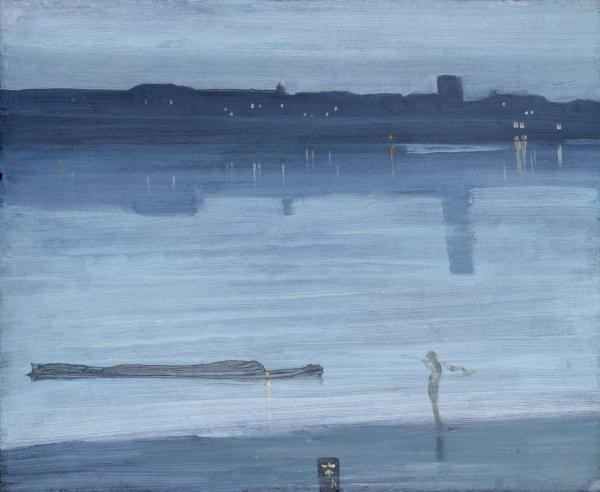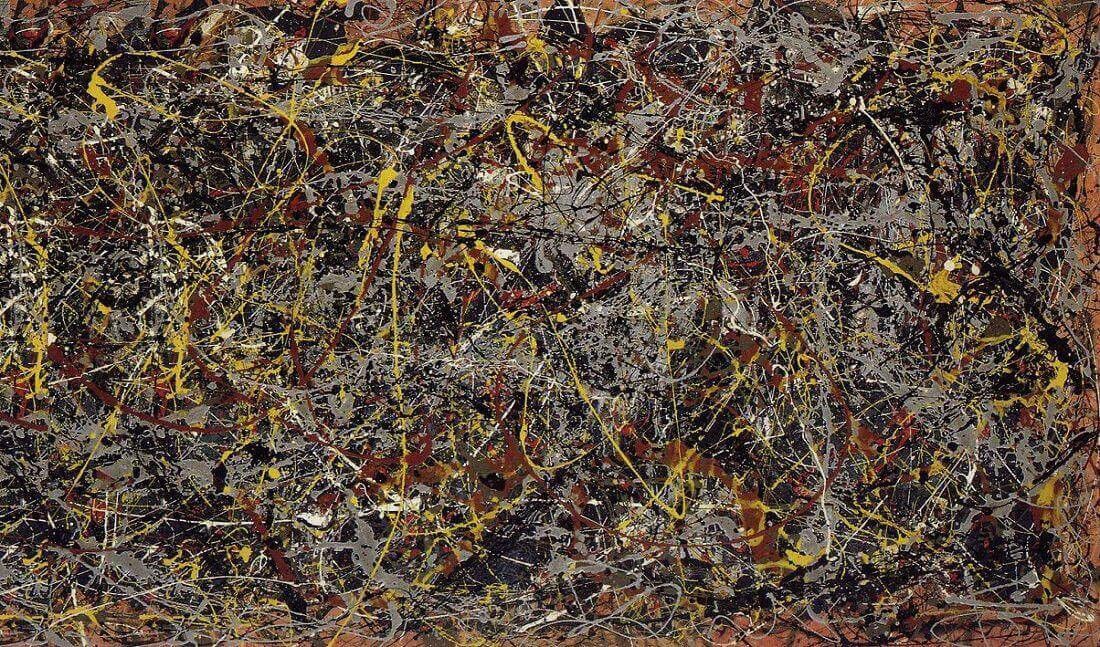I. What is the Idea Behind Abstract Art? Why does Abstraction Extend Far Beyond Expression border?!
The basic premise of abstraction – incidentally, a key issue of aesthetics – is that the formal qualities of a painting (or sculpture) are just as important (if not more so) than its representational qualities.
For example: A picture may contain a very bad drawing of a man, but if its colours are very beautiful, it may nevertheless strike us as being a beautiful picture. On the other hand, a photorealist painting of a terraced house may demonstrate exquisite representationalism, but the subject matter, colour scheme and general composition may be totally boring.
The philosophical justification for appreciating the value of a work of art’s formal qualities stems from Plato’s statement that: “Straight lines and circles are… not only beautiful… but eternally and absolutely beautiful.” In essence, Plato means that non-naturalistic images (circles, squares, triangles and so on) possess an absolute, unchanging beauty. Thus a painting can be appreciated for its line and colour alone.

Nocturne: Blue and Silver – Chelsea (Artist: Whistler)
Some abstract artists explain themselves by saying that they want to create the visual equivalent of a piece of music, which can be appreciated purely for itself, without having to ask the question “what is this painting of?” Whistler, for instance, used to give some of his paintings musical titles like Nocturne: Blue and Silver – Chelsea (1871, Tate Collection).
From the usual expression, wholly abstract paintings break out of drawings to only show the language of an artist’s mind.
II. Expressionism and Abstract Expressionism – More Colour, No More Geometry
According to Encyclopedia Britannica, Expressionism is an artistic style which artists use to depict their subjective emotions and reactions towards surrounding objects and events. They can accomplish this aim “through distortion, exaggeration, primitivism, and fantasy and through the vivid, jarring, violent, or dynamic application of formal elements” into artworks.
By 1945 the centre of modern art had shifted from Paris to New York, where the avant-garde was represented by the New York School of Abstract Expressionism. Arising out of the Great Depression and World War II, this movement, never associated with a coherent program as such, was led by Jackson Pollock (1912-1956), Mark Rothko (1903-1970), Willem De Kooning (1904-1997), Clyfford Still (1904-1980), Barnett Newman (1905-1970) and Adolph Gottlieb (1903-1974).

Number 5 (Artist: Jackson Pollock)
Abstract Expressionist Painting remains a vague term – often confusingly applied to artists who are neither truly abstract, nor expressionist – which describes a form of abstract painting (non-figurative, non-naturalistic) in which colour takes precedence over shape. An abstract expressionist painting is best felt intuitively, which means answering the question: ‘what does it make you feel?’
It must be emphasized that this was a wide movement, encompassing differing styles, including (as mentioned) works that were either semi- or non-abstract, as well as those characterized by the way paint was applied, such as Jackson Pollock’s paintings, and Willem de Kooning’s works.
Later, Abstract Expressionism spawned a number of individual styles under the umbrella of Post-painterly abstraction, an anti-gesturalist trend. These individual styles included: Hard-Edge Painting, Colour Stain Painting, Washington Colour Movement, American Lyrical Abstraction, and Shaped Canvas.
III. Surrealist and Organic Abstraction
In parallel with the development of geometric-style concretism, during the 1920s and 1930s, exponents of Surrealism began to produce a range of fantasy-like, quasi-naturalistic images. The leading exemplars of this style of Biomorphic/Organic Abstraction were Jean Arp and Joan Miro, neither of whom – as their many preparatory sketches confirm – relied on the technique of automatism. Jean Arp was also an active sculptor who specialized in Organic Abstraction, as did the English sculptors Henry Moore (1898-1986) and Barbara Hepworth (1903-1975). (See: Modern British Sculpture 1930-70.) A number of European abstract artists later sought sanctuary in America, where they encountered and influenced a new generation of indigenous abstract painters. These influential emigrants included painters like Hans Hofmann (1880-1966), Max Ernst (1891-1976), Andre Masson (1896-1987), Arshile Gorky (1904-48), Yves Tangy (1900-55) and others. As it happened, despite the controversy surrounding New York’s Armory Show in 1913, the city was developing a keen interest in abstraction. The Museum of Modern Art was founded in 1929, and the Museum of Non-Objective Painting (later renamed the Samuel R Guggenheim Museum), in 1939.
“An abstract painting will achieve two values: an inner one of the artist’s mind, and the other of audience’s explored thought.”
Source:
- Art Encyclopedia
- Encyclopedia Britannica
—
LUNET ART GALERIE
Address: Pan Pacific Hotel, No. 1 Thanh Nien Street, Hanoi
Contact: 0931 336 933
Email: exhibition@lunetart.vn
Website: http: //lunetart.vn/


